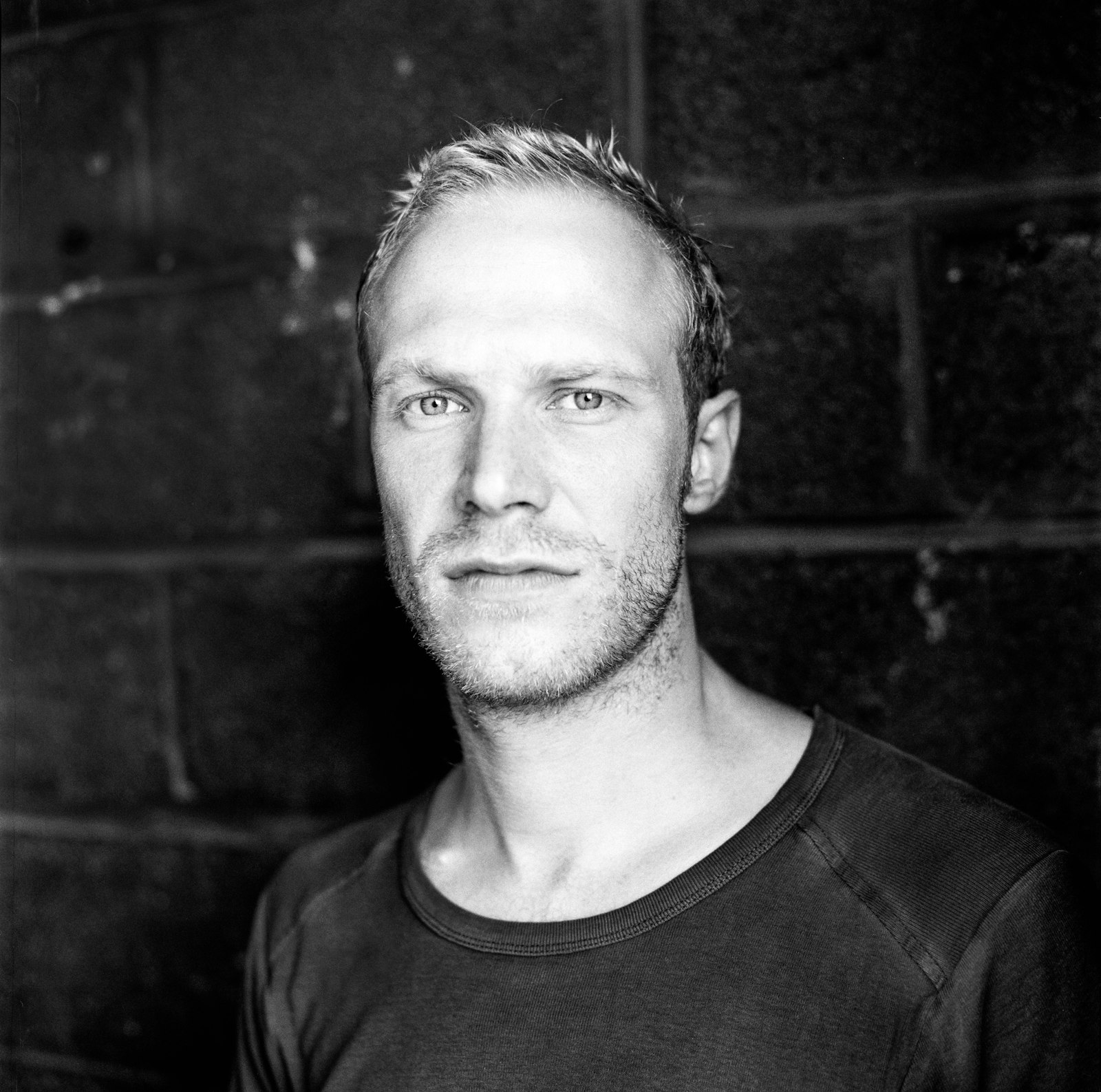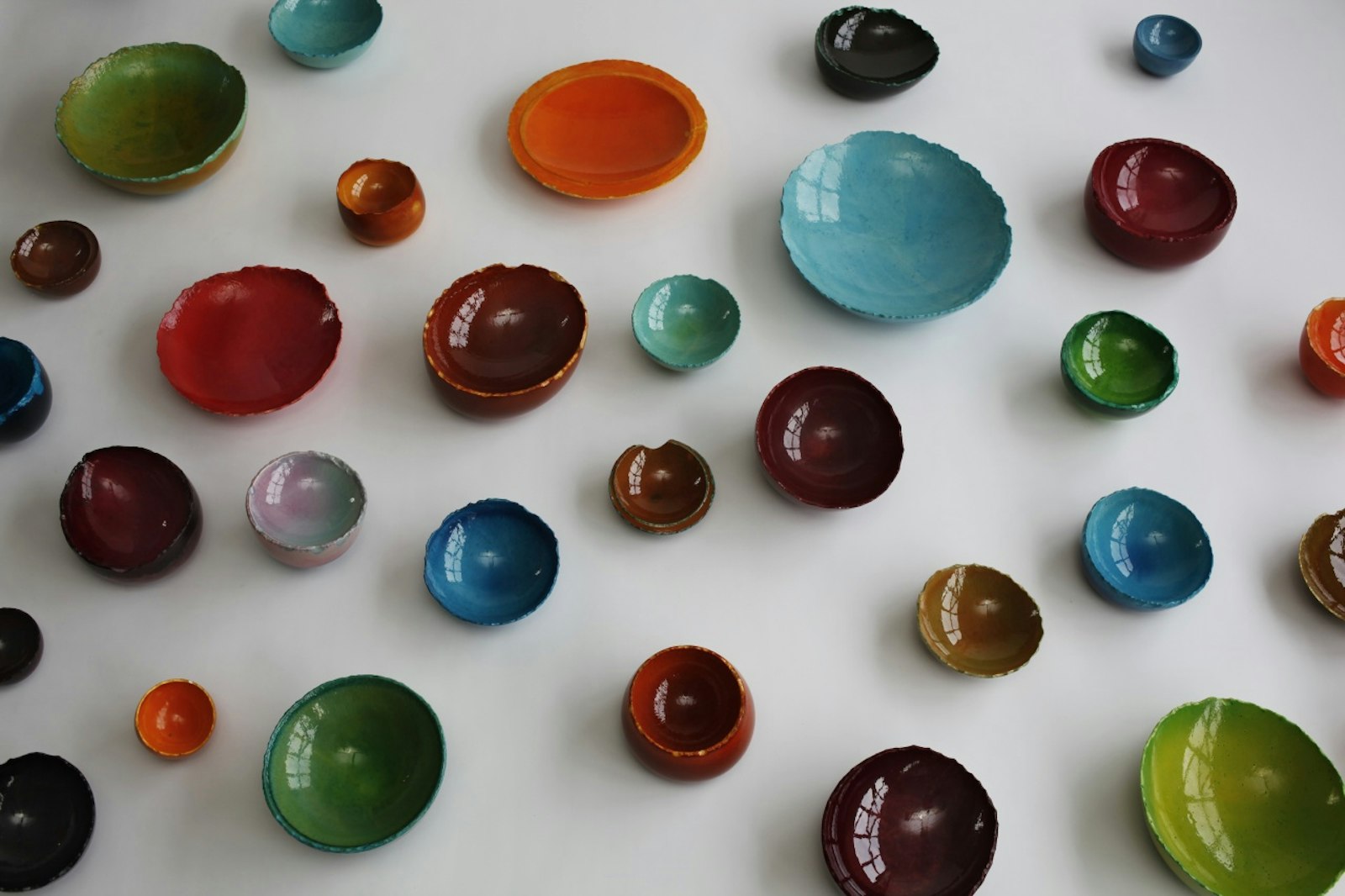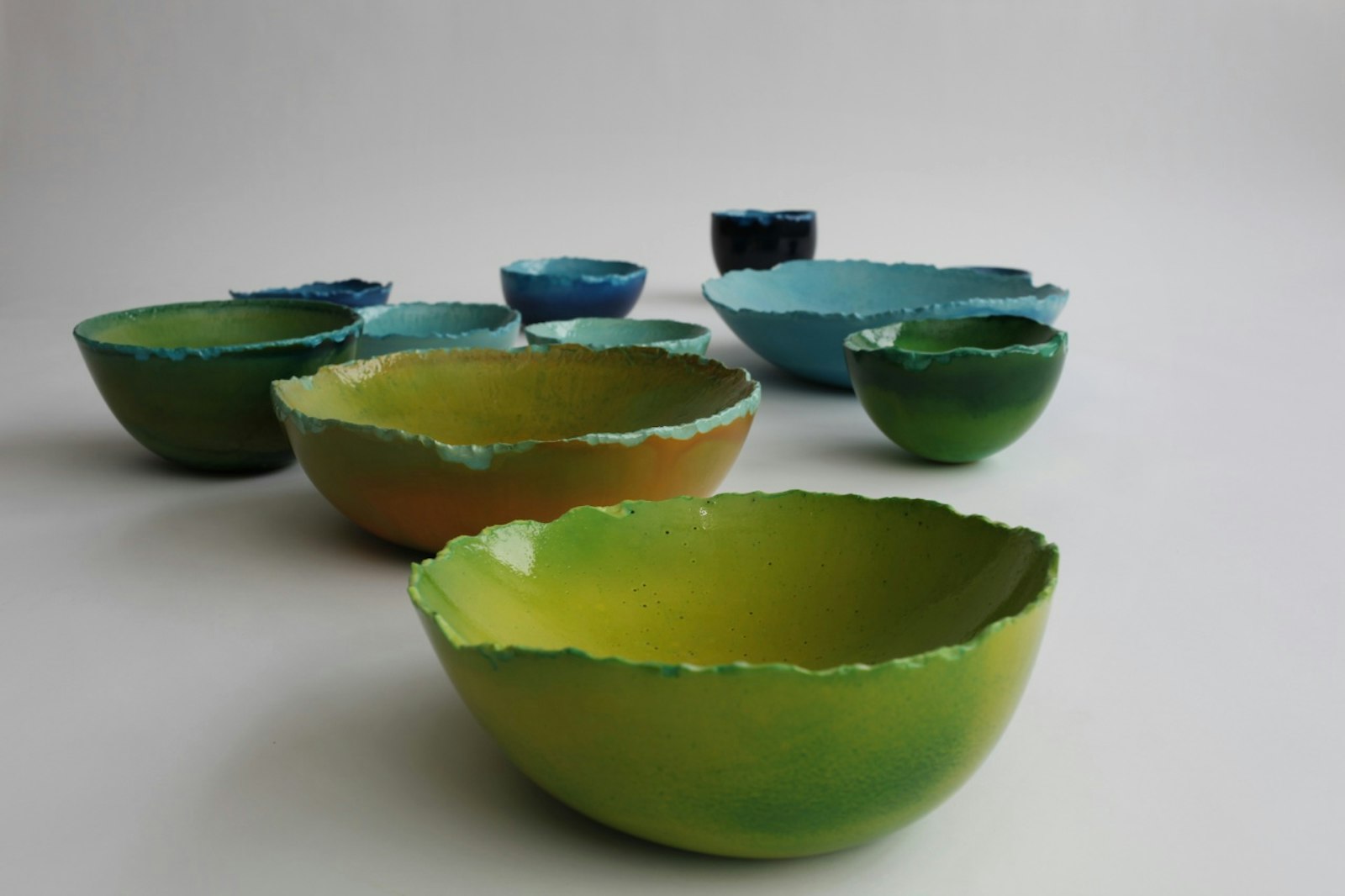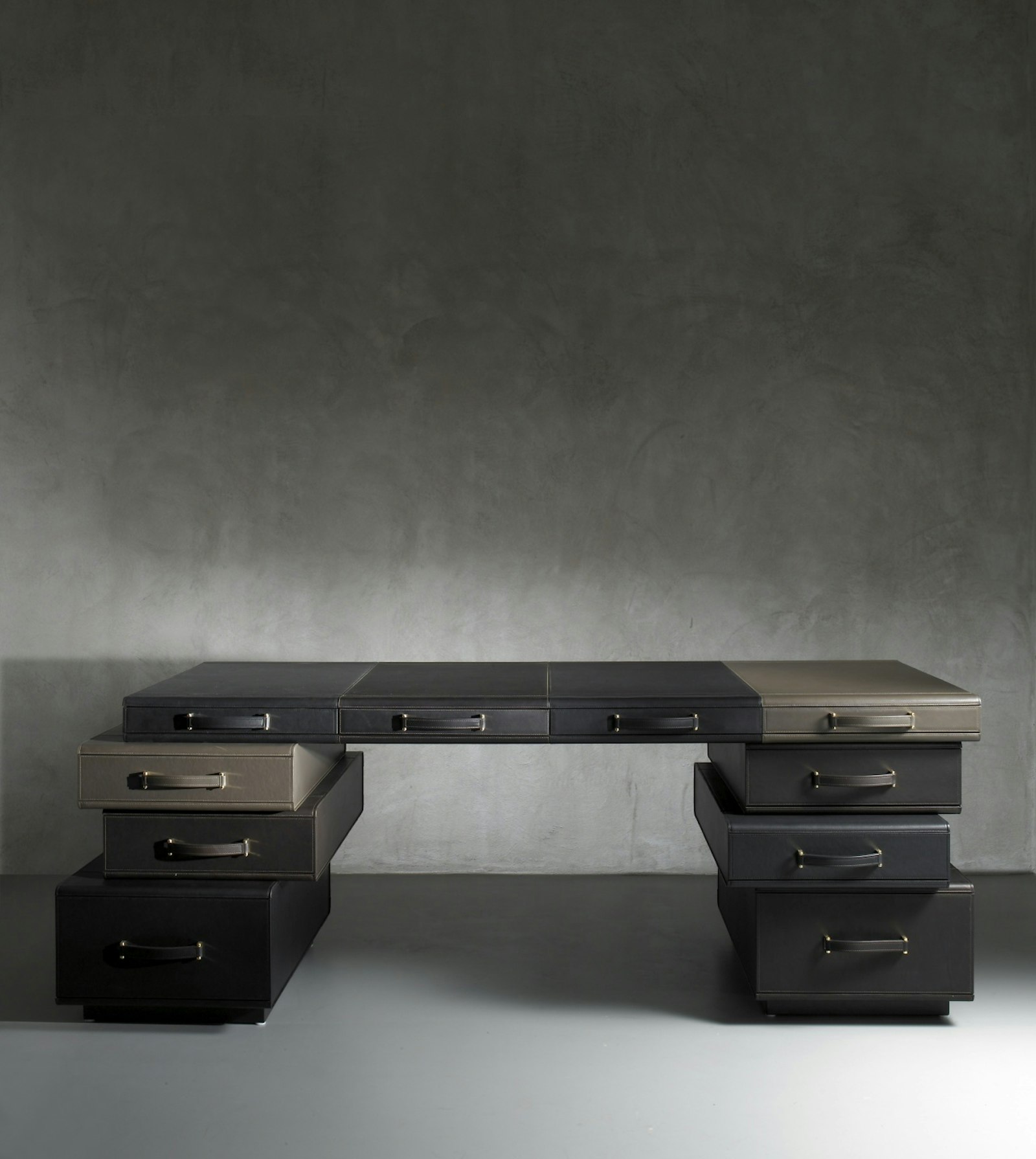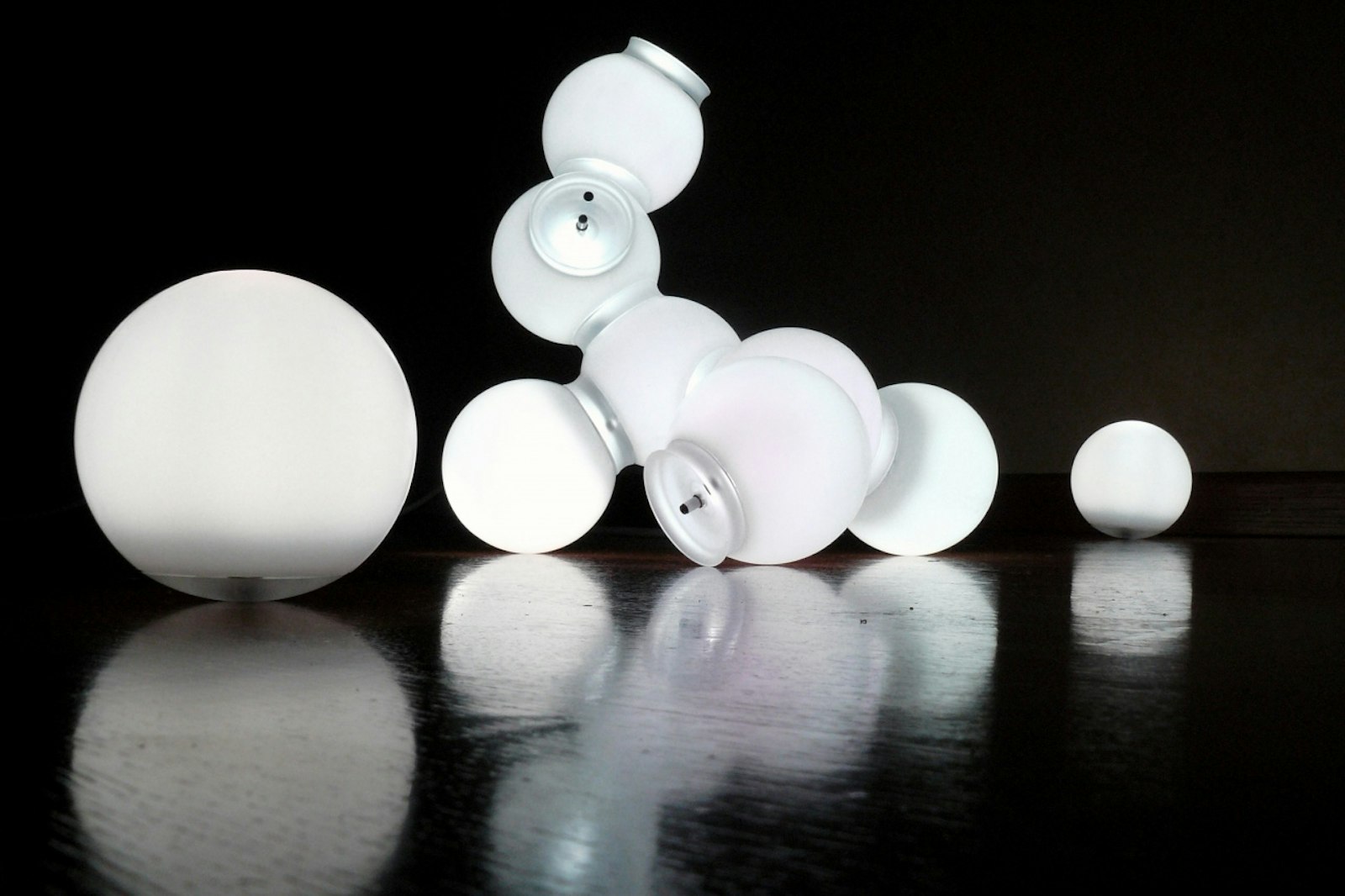de Velde
Maarten De Ceulaer
At the age of seventeen, Maarten De Ceulaer was bored so he started tinkering with wooden planks and building furniture. But it didn’t end with the one attempt in his parent’s garage.
Designing as a way of expression
Initially he wanted to study architecture but he felt that the slow process from design to execution took too long. That’s how he found himself in the interior design programme at Sint-Lucas in Brussels. Although he liked the open, free atmosphere, the result still wasn’t quite what he was looking for.
He wanted something else. He was fascinated by the process of making objects. So he left for the Design Academy in Eindhoven to fulfil his objective. He felt that this programme matched his objective the best, namely to create objects which tell a story. Maarten considers designing a piece of furniture as a way of expressing himself. The impact of the piece of furniture on its surroundings and on the users is as important to him as the functionality.
Things accelerated after Maarten graduated. He designed his graduation project at the Design Academy, A Pile of Suitcases, after travelling through India and other Asian countries for six months. He really wanted to do something with suitcases, to convey his own travel experience. The retro suitcases are reminiscent of colonial times, of travel on the Orient Express... Li Edelkoort selected his project for Art Rotterdam. It was then picked up by the Nulifar Gallery in Milan, which specialises in design. They included a limited series in their collection and presented it at major international fairs. He also met the team at Casamania, through a matchmaking event in Brussels. They were interested in marketing the wardrobe on an industrial scale. The idea was to create an entire product family. But Maarten preferred to work with a gallery.
After the wardrobe he designed A Desk of Suitcases. Once again he worked with Ralph Baggaley to ensure the perfect finish of the suitcases. This American who migrated to Brussels is a real craftsman. He spent some years working for Delvaux, after which he opened his own workshop. For Maarten perfection and craftsmanship are crucial. By working with like-minded people he can also provide a flexible response to the customer's demands in terms of the dimensions and colours of the various suitcases.
Not that he really meets his customers that frequently. Sometimes he may run into them at an opening but usually he lets the gallery owner do his ‘thing’. Why does he prefer to work with a gallery owner instead of with a manufacturer? Well, because he controls the whole process himself; the result is really his 'own’ product. It also involves fewer compromises. Maarten has tried to work with manufacturers in the past, for some products, such as lighting and cabinets. But the process to the final product took too long. It eats up a lot of time and when things fall through the disappointment is all the more keenly felt. That is why he wants to produce the Nomad Light Molecule lamp himself.
What inspires Maarten? Nature, sometimes, but he mainly draws inspiration from the visual arts and fashion. He admires artists such as Ai Weiwei and Tony Cragg and their installations and sculptures. He subdivides his life into various phases. He goes in search of ideas during the inspiration phase, as was the case when he travelled to India. He would like to take a long trip again but he does not have much time because of the quick succession of projects and international fairs especially. The inspiration phase is followed by the actual production, a long period of time which he spends in his workshop. He will experiment with shapes and techniques. He likes to make scale models and sketches but usually he starts with prototypes straight away.
The Balloon Bowls are the outcome of an experiment, a fortuitous discovery? A balloon is partly filled with synthetic plaster, after which a second balloon is inserted and inflated within. He works with labs for the coating. In a sense he uses ceramics techniques. Notwithstanding the fact that the same manual process is used the outcome is unique, in terms of colour and shape. The Victor Hunt Gallery bought the entire production and is also responsible for its international distribution. What’s more, Maarten gets on like a house on fire with gallery owner, Alexis Ryngaert. They are preparing a solo exhibition for 2013.
The Mutation Series tell an entirely different story: Maarten found some images of microscopic cell organisms online. They reminded him of rocks covered with plants and mosses. He developed this idea into a series of chairs and seats: a sofa, an armchair, a chair, a stool. They look as if they are the result of an organic growing process. They also grow during production. The spheres are gradually added. Every item is unique.
Maarten’s studio is situated in the old bottle-filling plant in Anderlecht. This so-called Studio with a View is an amazing location. He was looking for a place to rent together with Damien Gernay. They share this space with Julien Carretero and Charlotte Dumoncel d’Argence (whom Maarten met at the Academy in Eindhoven), and Raphaël Charles. There are also two photographers and an architect. There is no real exchange between the designers although their surroundings inspire them. They may possibly choose to present their work together over time while retaining their own personal vision.
In addition to Nilufar and Victor Hunt, Rossana Orlandi in Milan as well as the Industry Gallery, an American gallery in Washington and Los Angeles, also sell Maarten’s work. His Mutation Series was shown at Design Miami in December. He also worked on a project with Fendi, an Italian brand of luxury accessories, for Design Miami. He covered soft planks with leather cushions, once again working with Ralph Baggaley. The outcome is some interesting benches but the idea can also be developed with tree trunks. The concept may be applied in the Fendi stores at some point.
Maarten De Ceulaer’s work is all about examining and developing ideas Like an artist he works towards exhibitions and events. His aim is to showcase a new project every year instead of making the same piece of furniture for ten years. It’s no point asking him to design a table. His furniture is the outcome of his ideas, not of a commission. And if you see what he has achieved internationally in such a short time frame then there obviously is still a lot to come.
